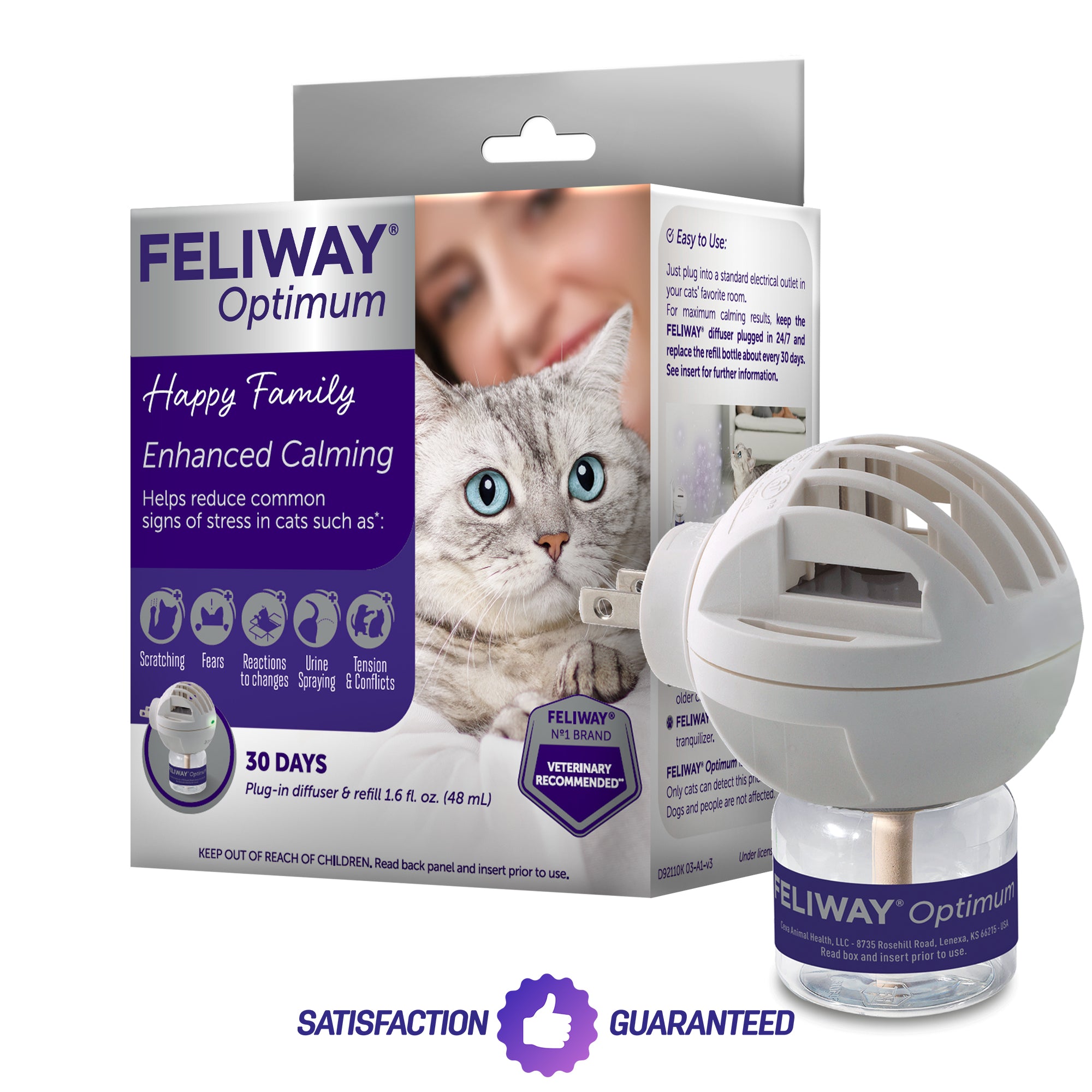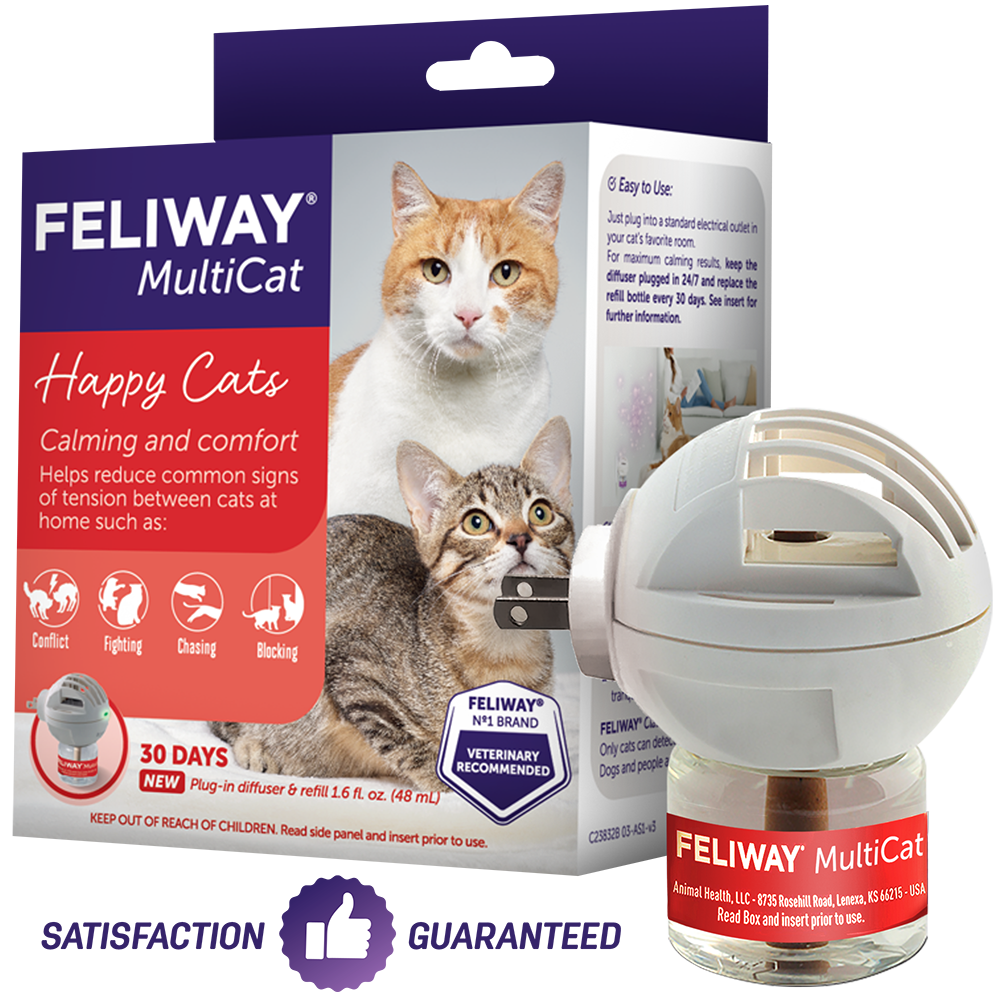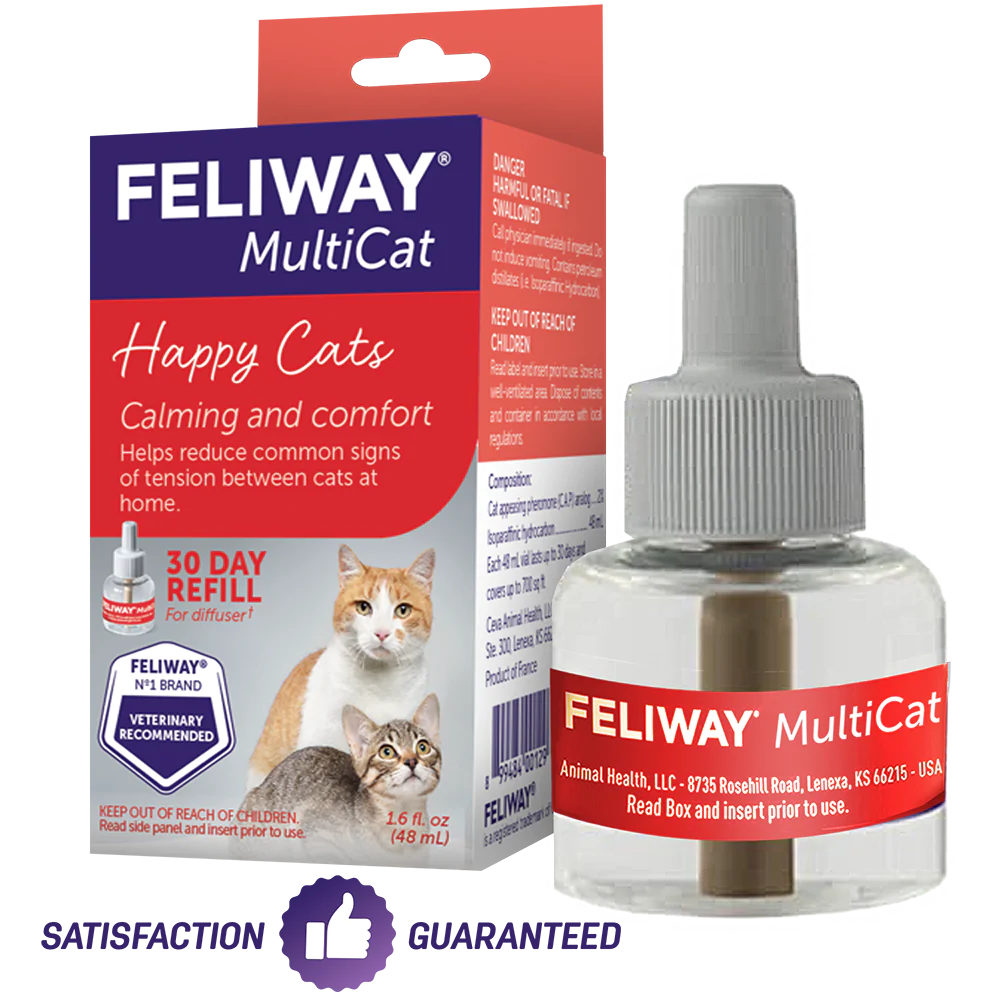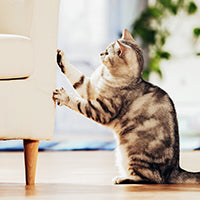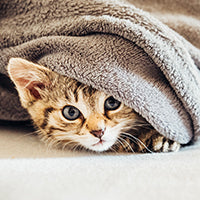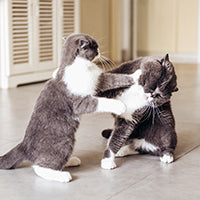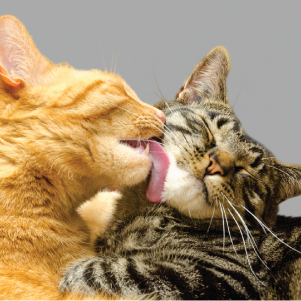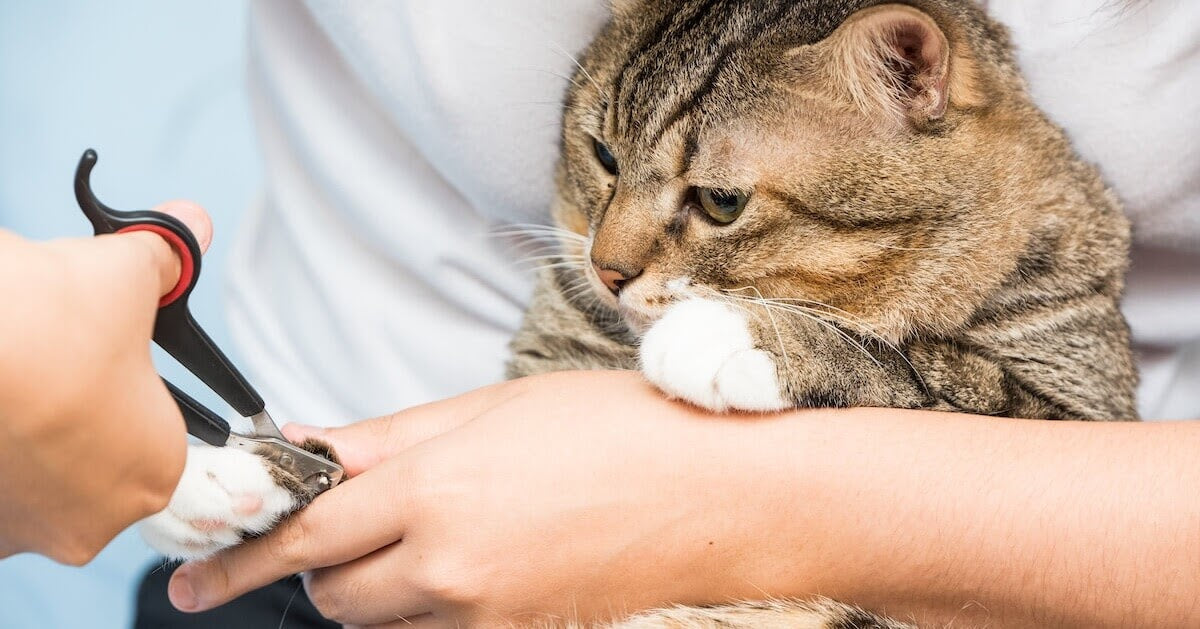
Controlling Kitty Claws! Tips to Cut Your Cat's Nails
As a wonderful pet owner, you take care of your kitty’s every need to make sure things are perfect for them!
From ensuring they have plenty of space to wander, to a cozy bed, high up spots for them to climb or hide, scratching posts and, of course, their favorite food - there are lots of things our kitties need. Of course, you also need to keep an eye on their physical condition, and this includes their claws.
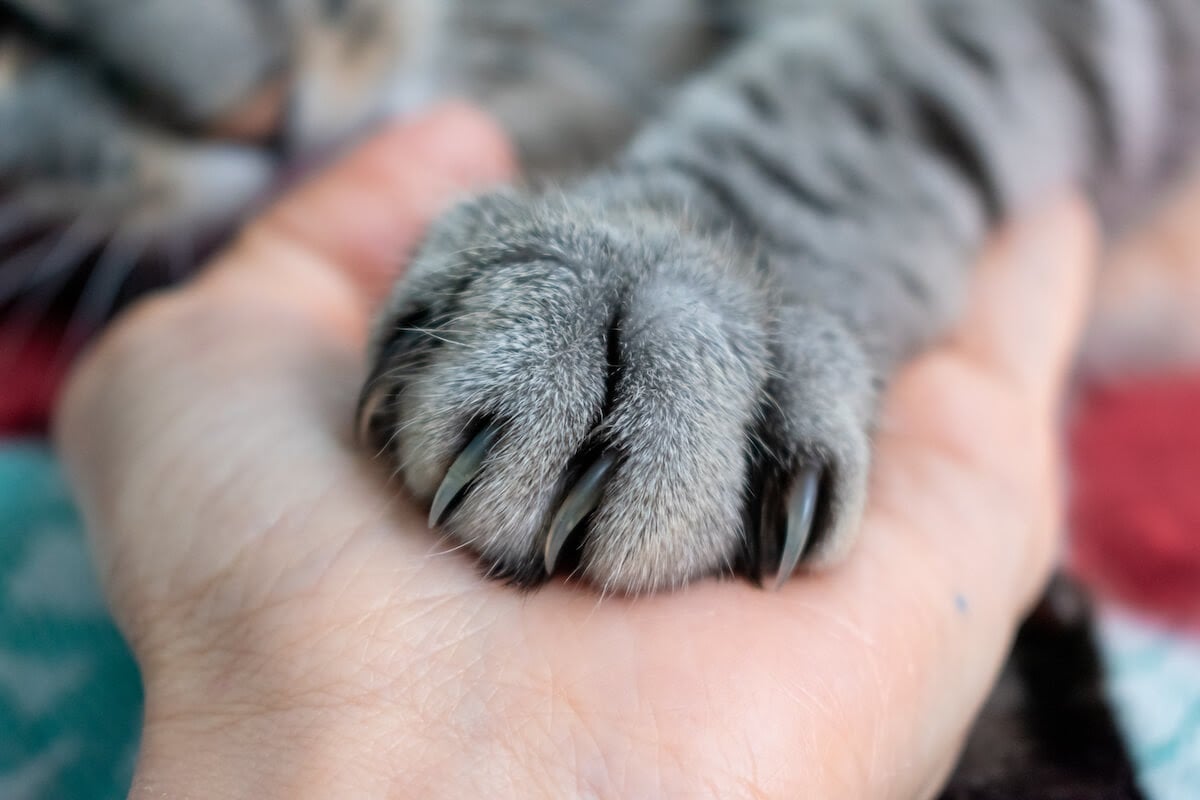
Understanding kitty claws
Cats’ claws are only seen when they extend them - normally when they are climbing, hunting or they are being used in self defense. So when your cat is wandering around the house or garden, as their claws are retracted, they don’t naturally wear down - as a dog’s claws would. So to look after their claws, a cat will scratch; this is normally done when they are climbing up trees or exploring the garden, or on a scratching post indoors.
If you have just got a new kitten, you will have discovered that their claws are particularly sharp (almost needle sharp!) when they are young - you may have felt them use their claws to climb up your legs or jump onto your shoulder! Although kitten scratches could be accidental through play, as with any cat scratches it is important to clean the scratched area with soap and water to reduce the chance of bacterial infection.
You may also find that your cat likes to knead when they are on your lap, and although this can be a sign of affection, it can also be quite painful for you when their claws penetrate your clothes onto your lap!
So make sure you choose the right scratching post to give your cat the opportunity to scratch and knead without affecting you (or your furniture)! Most cats prefer a vertical post that is tall enough to allow your kitty to stretch their body fully when they wake up. A good scratching post should be made of a good strong material (like sisal rope) that they can get their claws into. Make sure you put the scratching post in the right place for them - close to where they sleep is good, as they like to stretch and scratch when they wake up. If you don’t, you may find they use your furniture instead! An old piece of carpet or cardboard can work well, too, for horizontal scratching.
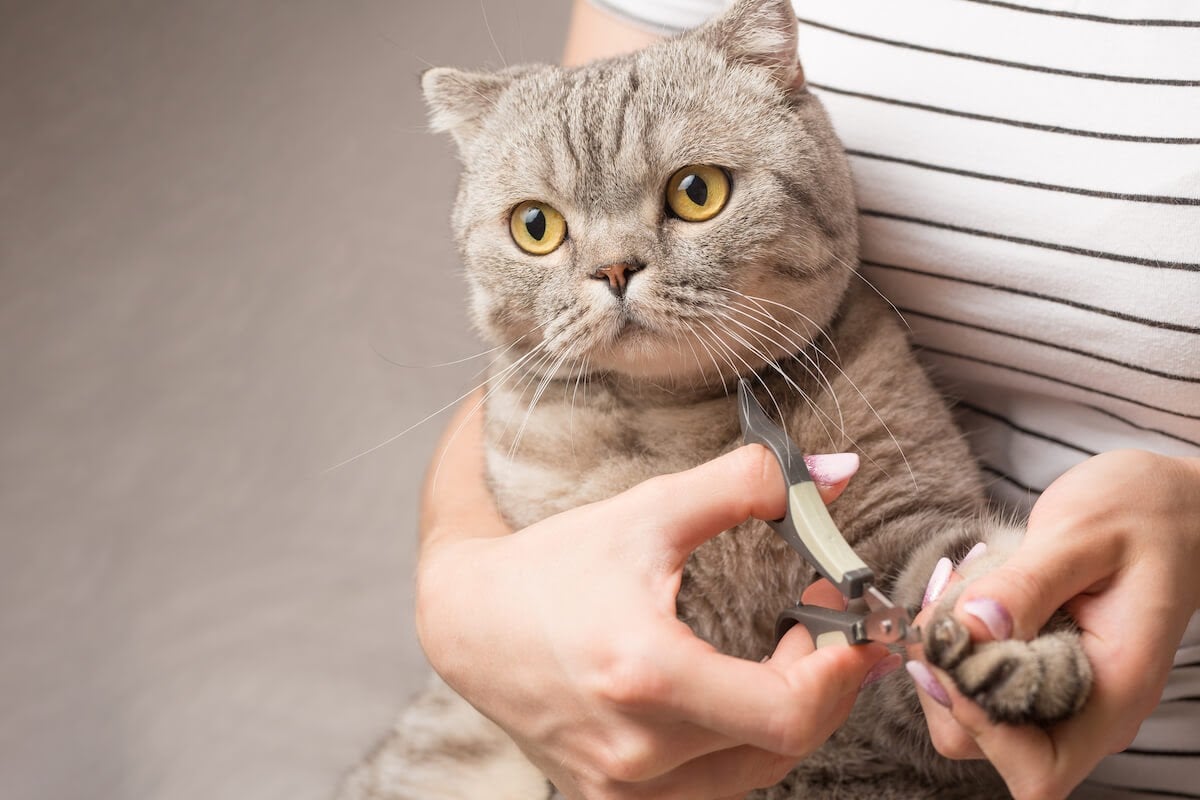
Tips to cut your cat’s claws
Nail cutting can sometimes be stressful for your cat, so getting your cat used to being handled regularly is essential.
- Start from an early age and get them used to you touching their paws and claws.
- Introduce the clippers first (use cat clippers and not human ones!) by leaving them nearby when handling your cat. Progress to holding the clippers closer to your cat (and their paws), and reward them for remaining relaxed.
- Choose a quiet area without too much noise. Having a FELIWAY Optimum Diffuser plugged in in the room will help keep them serene whilst you are cutting their claws.
- Use treats to encourage them so that they have a positive association.
- Hold your cat on your lap and have them facing away from you so that they are secure, but don’t hold them too tight or they will feel as if they are being restrained and will try to escape.
- Encourage them to extend their claws by putting a little pressure on their paw, close to the claw. Do this a few times on each paw so they get used to the feeling.
- Use the clippers to cut something else, so that your cat gets used to the sound the clippers make. Cutting dried spaghetti makes a similar sound!
- Start by clipping just the sharp tips of the claws, talking to them all the time in a soothing voice and, of course, rewarding them with treats as you go along.
- If possible, and to reduce time for your pet, try to remove the sharp claw tips in one cut - being mindful to avoid the quick (the pink area of the nail) as cutting this is painful for your cat and the claw will bleed.
- If you do accidentally cut the quick, the claw does start bleeding and does not stop, get in touch with a vet.
- Claw trimming sessions are also a good opportunity to give your cat’s legs and paws a health check. If you notice any swelling, or redness - or if the claw is overgrown and has grown into their pad - you should take them to the vet so that they can treat them accordingly.
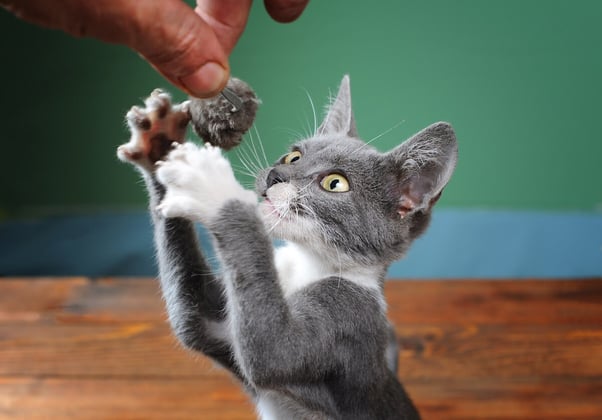
How often you need to cut your cat’s claws will depend on how active your cat is, if they are indoor or outdoor cats, and how old they are. If your cat spends a lot of time outdoors, their claws will probably keep fairly trim by all the climbing and scratching they do, but if your cat is older or is an indoor cat, you may have to check their claws every few weeks to see if they need to be trimmed. Also, the older the cat, the tougher their claws will get, so you may find that a vet will be better equipped to do this for you.
Spending time playing with your cat, and petting and grooming them help to build your bond together. This all helps when you slowly get your cat used to being handled for health and hygiene tasks such as looking in their ears or checking their skin (using treats along the way of course!). And in addition to growing your bond, this will help them stay calm during any health and hygiene tasks that need to be done. So, be sure to spend time with your pet for an easy, calm claw-cutting experience!
